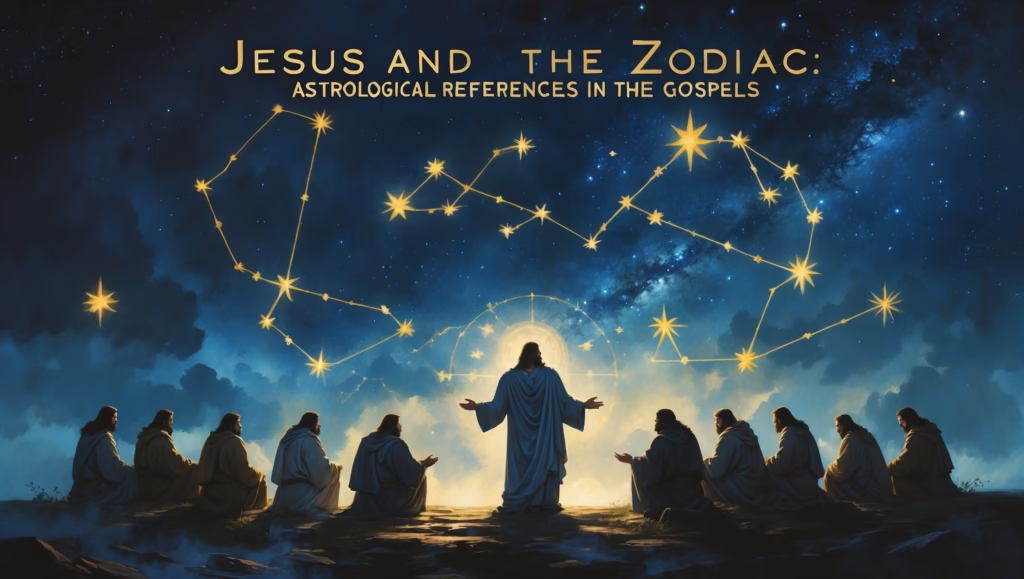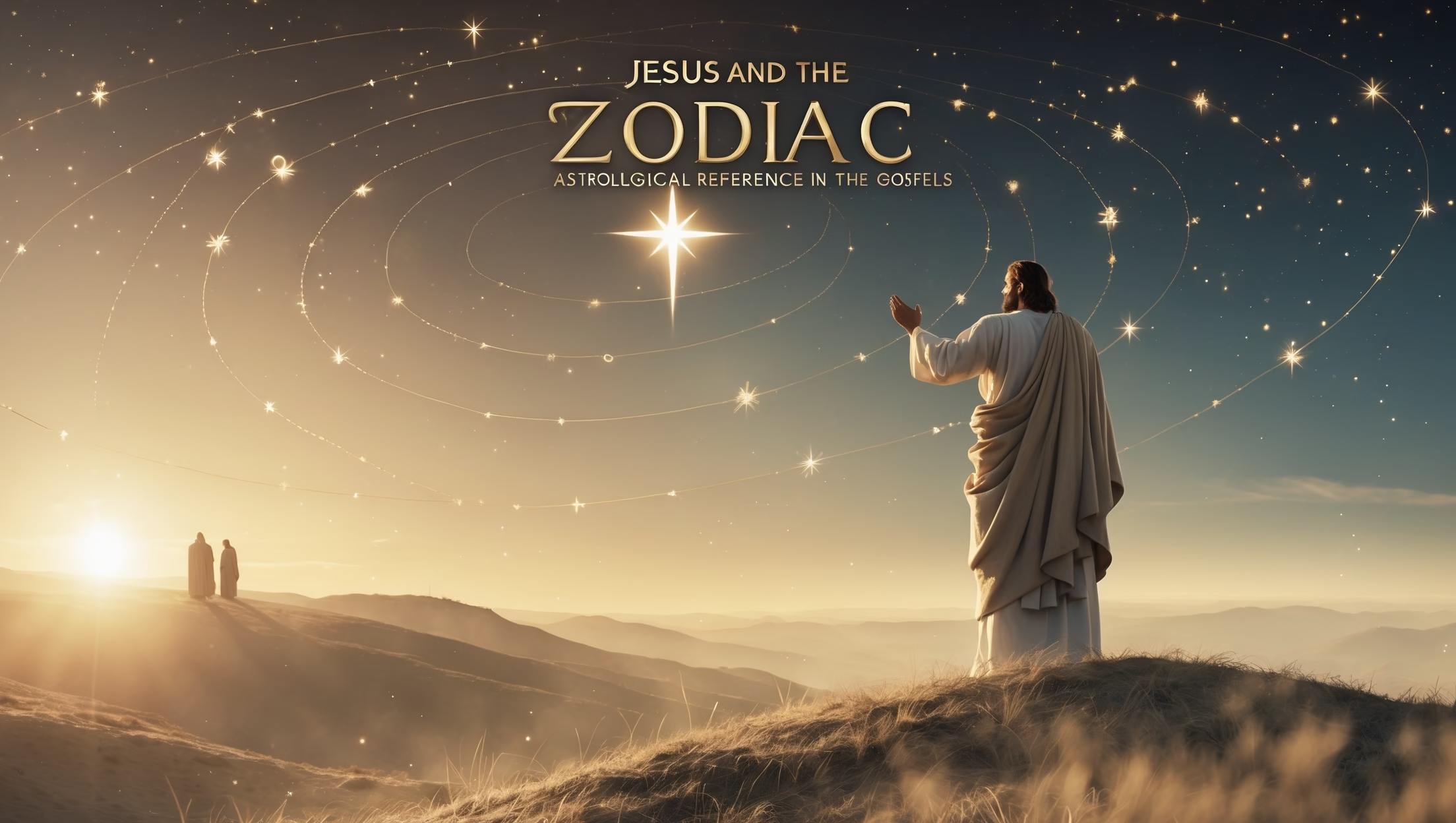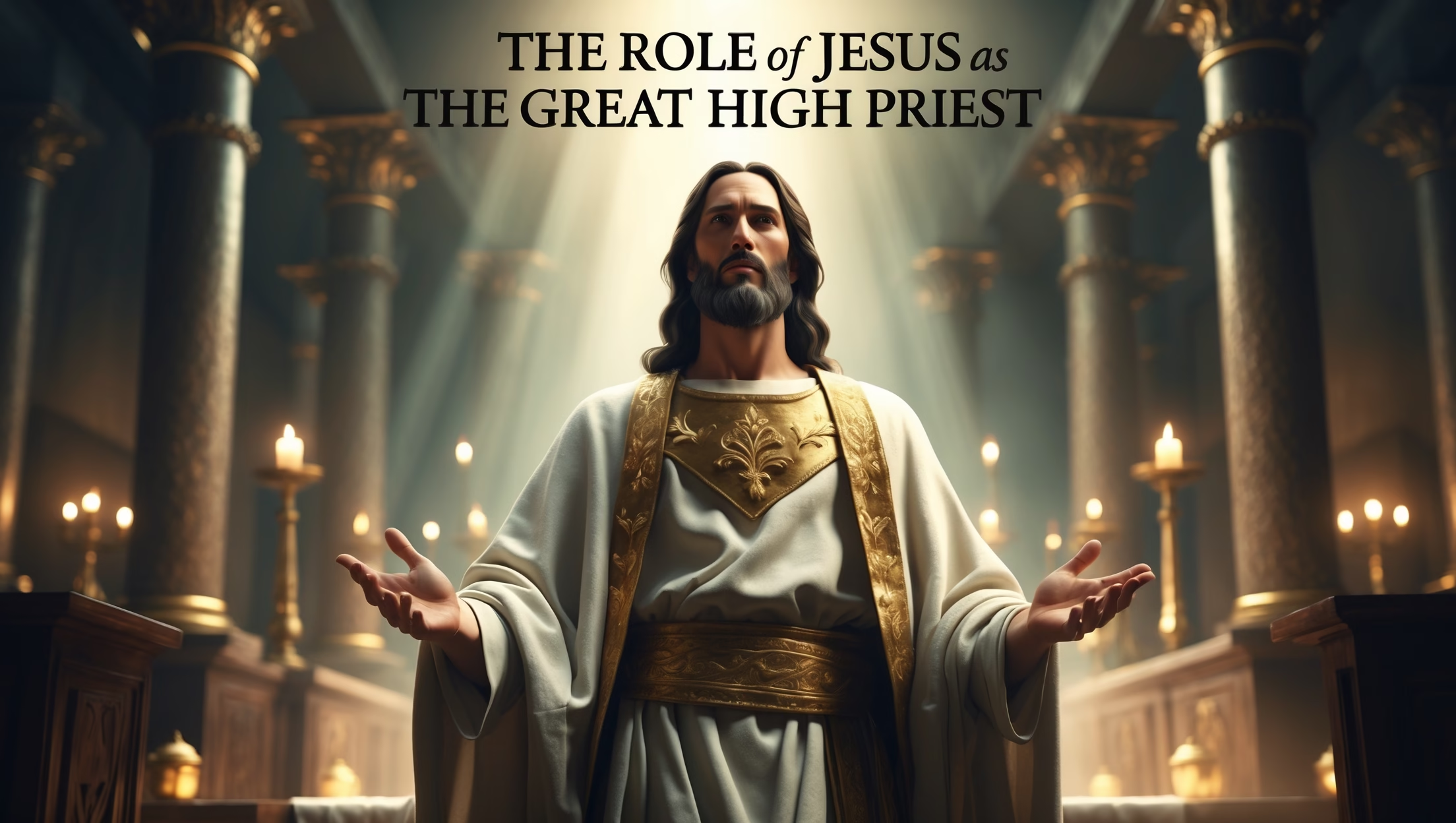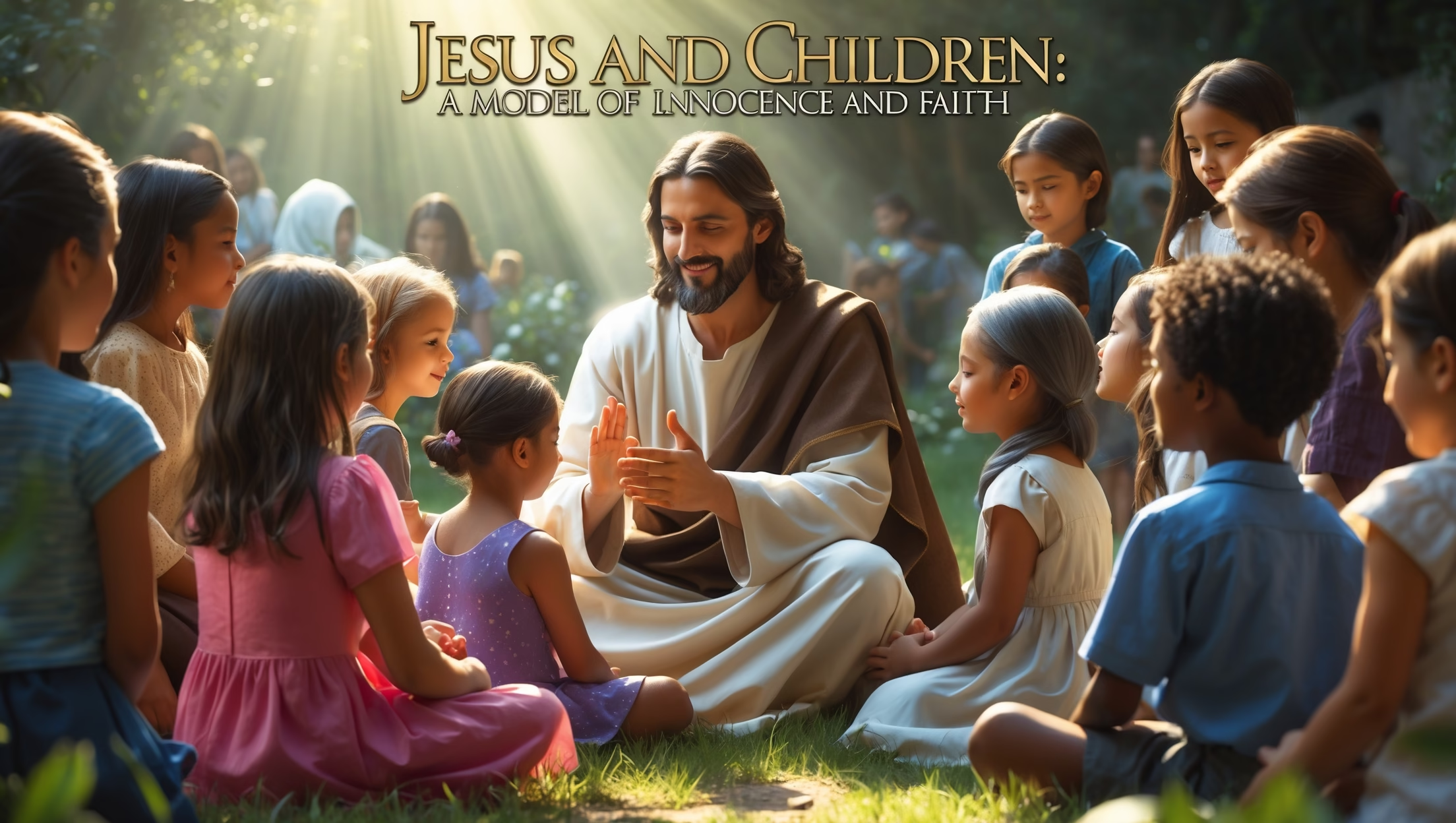When the Stars Bowed to the Messiah
Astrology in the ancient world held immense cultural significance, influencing politics, agriculture, and religious life. Within this context, the Gospel accounts of Jesus’ birth and eschatological teachings contain references to celestial phenomena that captivated observers and conveyed theological meaning. These passages illustrate how the heavens were interpreted as participating in God’s redemptive plan, while also cautioning against deterministic horoscopes.
The announcement of the Messiah through the stars demonstrates that creation itself testifies to God’s purposes, a motif that continues to inspire both scholarly investigation and popular fascination.

The Bethlehem Star: Miracle or Celestial Event?
Matthew 2:2 recounts the magi asking, “Where is the newborn king of the Jews? We saw his star in the east and have come to worship him.” Scholars have long debated the nature of this star.
- Astronomical Hypotheses: Some suggest it may have been a comet, a supernova, or a planetary alignment, such as Jupiter and Saturn converging in 7–6 BCE.
- Miraculous Interpretation: Others argue the star was a divine sign, beyond natural explanation, intended to guide the magi to the Christ child.
Regardless of scientific explanations, the narrative conveys a profound theological claim: the cosmos itself heralds the arrival of the Messiah. The alignment of the heavens with God’s redemptive work underlines the biblical motif that creation participates in divine revelation.
Signs in the Sun, Moon, and Stars: Apocalyptic Language
In Luke 21:25, Jesus speaks of “signs in sun and moon and stars” preceding the end times. These celestial signs function less as astrological forecasts and more as symbolic language, indicating cosmic upheaval and divine judgment. The stars, in this context, are not deterministic agents but heralds of God’s unfolding plan.
Early Christians frequently rejected horoscopes and divinatory astrology, as noted in Colossians 2:8, which warns against being “taken captive by hollow and deceptive philosophy.” By distinguishing cosmic signs from human attempts at prediction, the Gospels affirm divine sovereignty over the heavens while rejecting reliance on astrology for personal decision-making.
Artifact Spotlight: Zodiac Mosaic at Beit Alpha
The 6th-century Beit Alpha synagogue in Israel features a remarkable Zodiac mosaic, with symbols of the twelve signs surrounding the sun god Helios. This artifact demonstrates that astrological motifs were culturally familiar in Jesus’ world. Jewish communities, while aware of these symbols, often reinterpreted them in a monotheistic framework.
Such mosaics help modern scholars understand the intersection of cultural astrology and biblical theology, showing that early Christians navigated a world saturated with celestial imagery while redirecting cosmic fascination toward Christ-centered meaning.
Modern Parallels and Astronomical Reconstructions
Interest in the Christmas star persists today. NASA and amateur astronomers have recreated possible celestial events corresponding to Matthew’s account, including planetary conjunctions and comet sightings. These studies highlight the interplay of science, history, and theology in interpreting the Gospels.
Meanwhile, astrology enjoys a resurgence in popular culture. Social media horoscopes, zodiac apps, and astrology influencers demonstrate humanity’s ongoing fascination with the stars. However, the Gospels offer a corrective: while the cosmos testifies to God’s glory, human destiny is guided by divine will rather than the positioning of planets.
Key Insight: Stars as Witnesses to the Messiah
The references to celestial phenomena in the Gospels reveal a subtle theology of creation. The stars and planets are not masters of fate but witnesses to God’s redemptive work. From the Bethlehem star guiding the magi to Luke’s apocalyptic signs, the heavens participate in God’s story without supplanting divine authority.
Understanding these passages encourages a balanced view: the cosmos can inspire wonder and reflection, but ultimate trust rests in God, not horoscopes. In this way, Jesus and the Zodiac intersect not as predictors of destiny but as affirmations of a universe attuned to God’s purposes.










